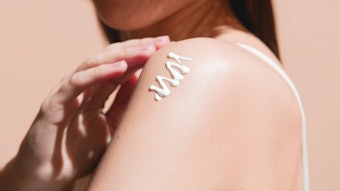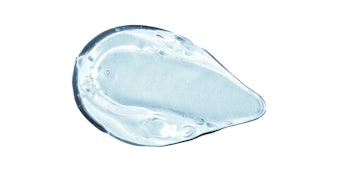A retrospective study of 124 women with acne, published in the International Journal of Women’s Dermatology (July 2019), revealed that oral spironolactone increased the risk of hyperkalemia, particularly in patients aged 46-65, suggesting that serum potassium monitoring is necessary even for healthy women prescribed spironolactone.
Rebecca M. Thiede, MD, et al, sought to compare the incidence of hyperkalemia in women 18 to 45 years of age treated with oral spironolactone for acne to that in women 46 to 65 years of age. They collected data for all women 18 to 65 years of age who were prescribed oral spironolactone by a dermatologist for acne between January 2006 and October 2016 (n=618) and narrowed it to include only those who exhibited baseline serum potassium within the normal limits and who had repeat serum potassium monitoring within 12 months after initiation of spironolactone (n=124). There were 112 women in the 18 to 45 years age group, and 12 in the 46 to 65 years age group. They found that women in the 46 to 65 years age group had a significantly higher rate of incident hyperkalemia after spironolactone initiation (2 of 12) compared with women 18 to 45 years of age (1 of 112).
The researchers concluded, “Although controversy surrounds the clinical utility of serum potassium monitoring in healthy women exposed to spironolactone for acne, based on the findings from this large patient population, monitoring of serum potassium is warranted for women over 45 years of age given an age-related greater risk of hyperkalemia.”











